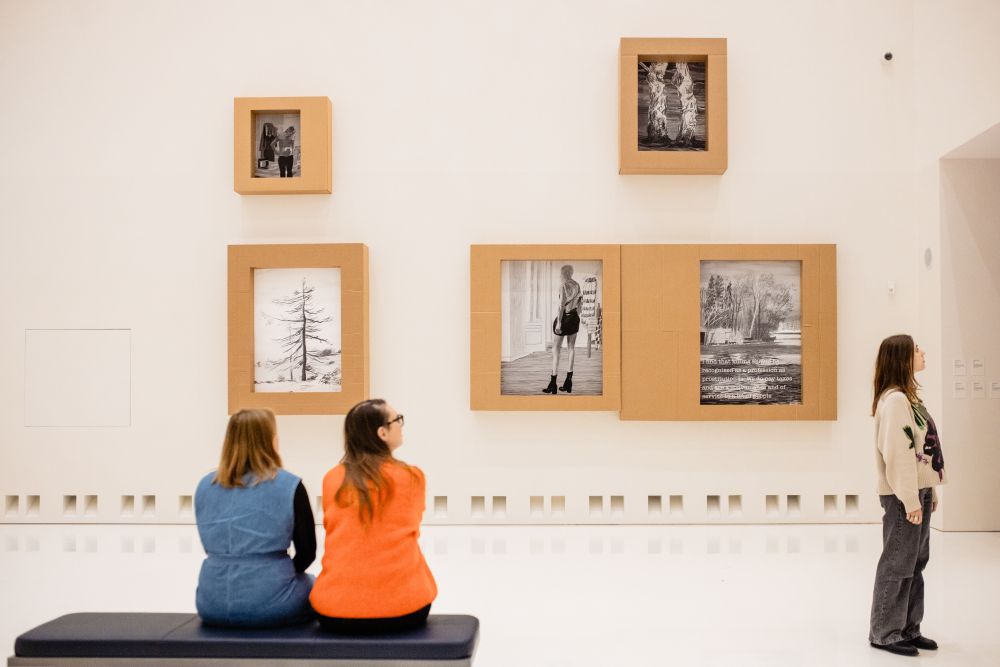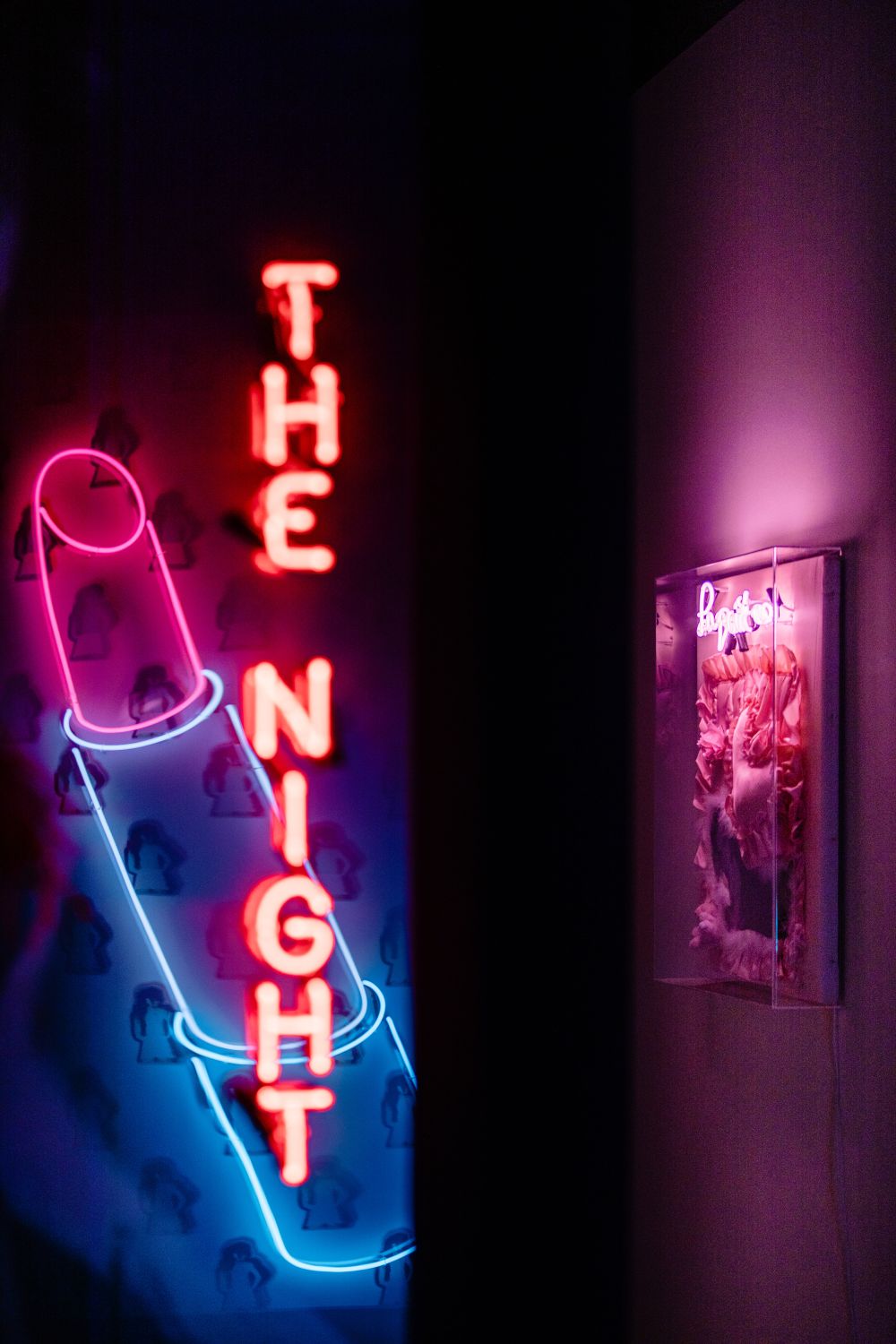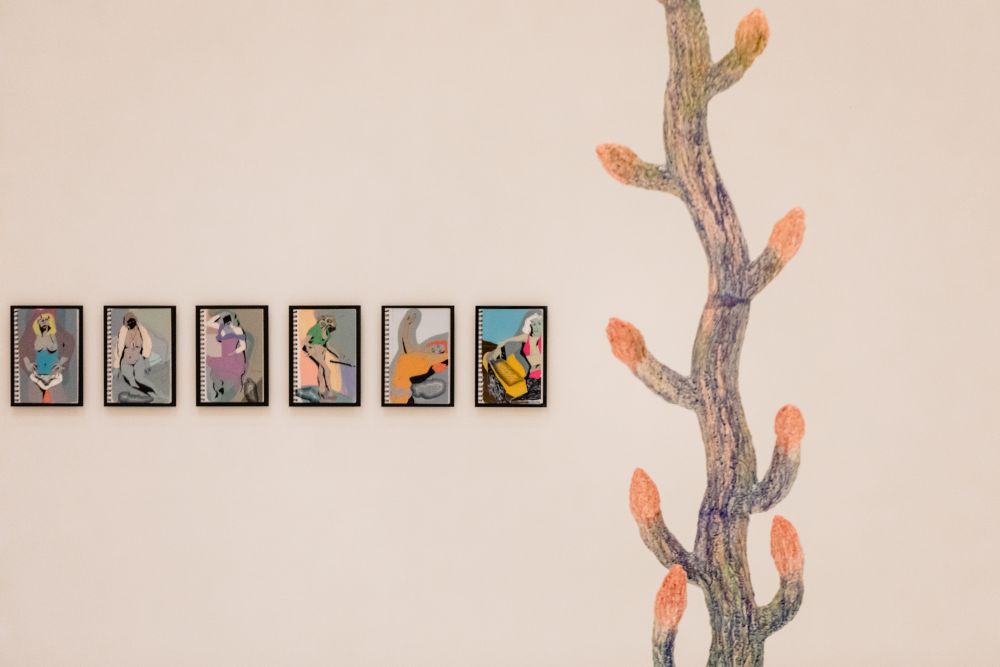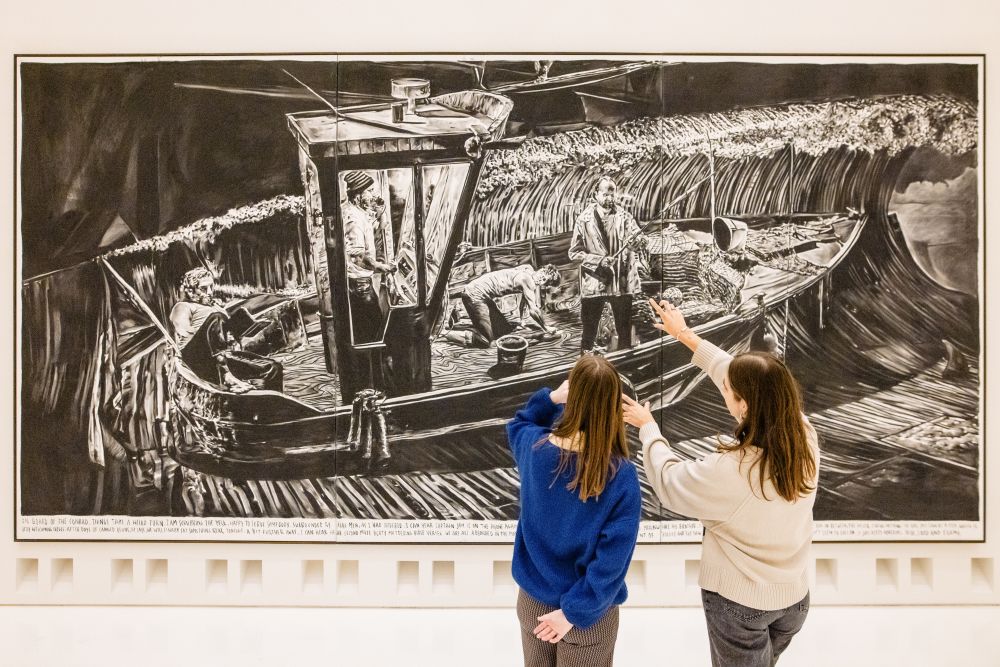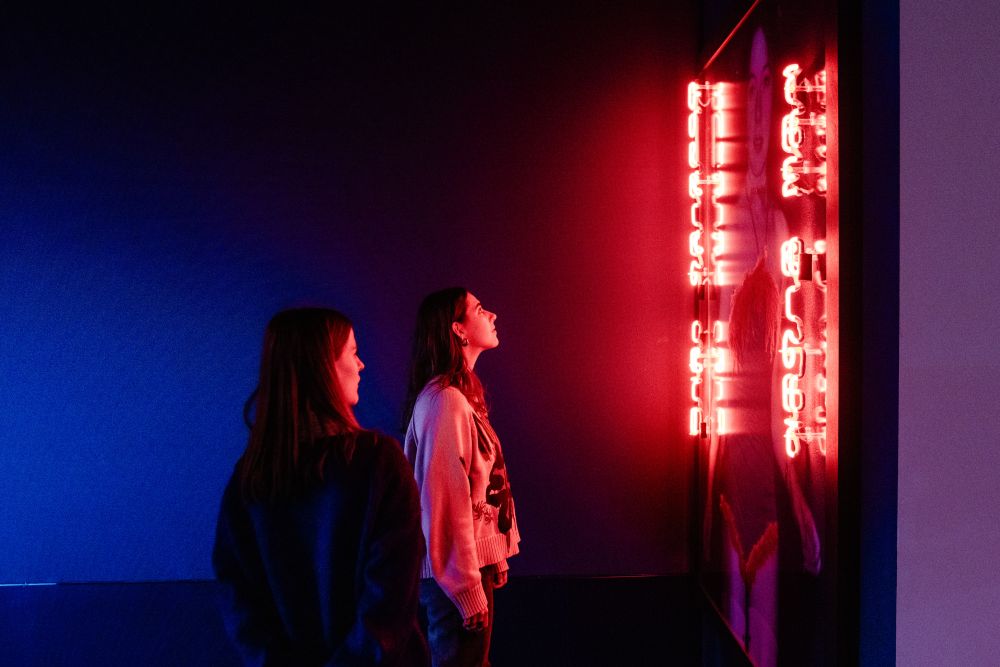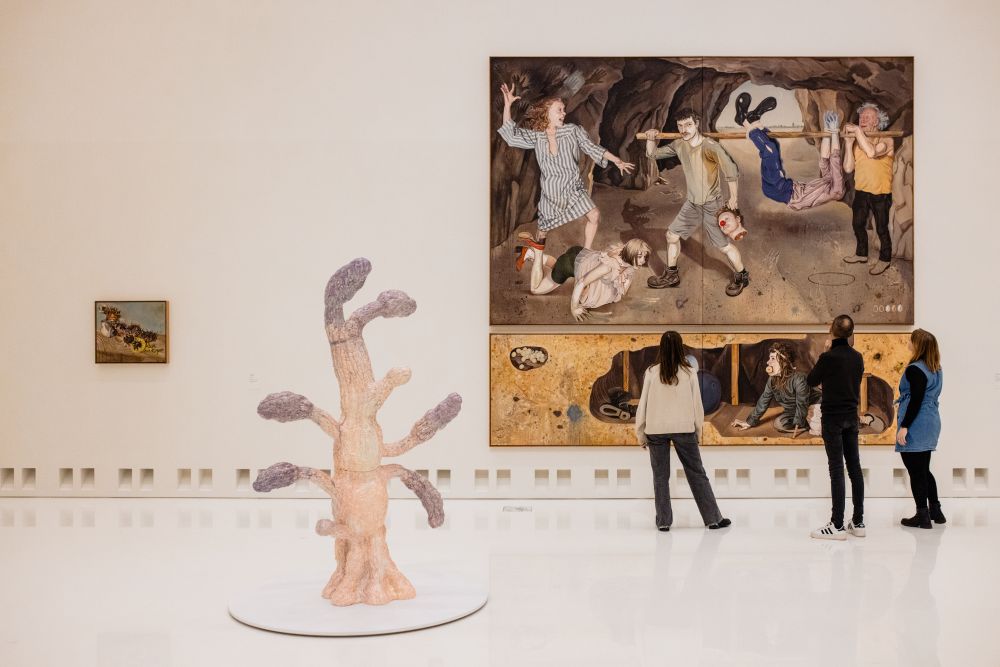What's the Story? II
Date:

What’s the Story? is all about the dialogue between the collection and contemporary artists. Curators Nico Van Hout and Erno Vroonen have arranged the works in themed ensembles in a free and associative manner so that visitors can discover for themselves links between modern-day artists and their kindred spirits from the past.
The KMSKA loves nothing better than to spark a dialogue between artworks that range widely in date. Artists past and present influence our ideas about universal subjects we consider important today. The presentation shows how the same themes change over the centuries and how artists build on each other’s work. Shown together, the artworks tell a shared story. Our interpretation of them is not set in stone however. What’s the Story? invites you to discover stories behind the works.
Each of the galleries immerses you in a different theme. In this second part, the themes are life and death, seduction and storytelling.
Life and Death
Life and death are positioned diametrically opposite each other as you enter the first gallery. Jacob Jordaens (1593-1678) depicts the universal life force in a mythological scene analagous to the impressive ceramic sculptures by Maen Florin (1954). A fusion of plants and animals, her hybrid forms are both beautiful and menacing. Pure emotion!
The grotesque canvases by Kati Heck (1979) are often populated by friends and family and appear to be part of a fictitious world pervaded by revenge and death. A severed head plays a central role in her painting ‘Dämmerung’, as it does in ‘Judit‘ by Jan Massijs (1509-1575). There is no mistaking the reference to mortality.
Seduction
On display in the cabinets are works by three female Belgian artists: Evelyne Axell (1935-1972), Anne-Mie Van Kerckhoven (1951) and Liliane Vertessen (1952), who share a critical perspective of women as sex objects.
Evelyne Axell, known for her colourful Pop Art, focused on the emancipation of women in a male-dominated world. Her self-portrait as a mermaid made a powerful statement, for in the male-dictated visual language of the West, sirens evolved into women who were as dangerous as they were seductive.
Liliane Vertessen also uses her body in an intriguing game with the observer. In her staged photographs, she plays the role of seducer, sex object or innocent girl. Neon lights heighten the atmosphere and give you the impression of being in a strip club or brothel.
In Achterover/Backwards Anne-Mie Van Kerckhoven (AMVK) combines painting and video as a dialogue between abstraction and eroticism. The changeable, naked woman on screen links AMVK with various art traditions. A series of smaller works deals with the theme of Good and Evil.

Jan Massijs - Judit

Liliane Vertessen - Burning into the night
Storytelling
In the last gallery, the works of Rinus Van de Velde (1983) and Jozef Legrand (1957) interact with Constant Permeke (1886), who enjoys the admiration of both artists. While in Permeke’s ‘The Man with the Jacket’, the figure of a single worker fills the entire canvas, Van de Velde and Legrand tell their stories in their own ways.
Rinus Van de Velde presents a monumental charcoal drawing, in which a ship is seen braving a storm, with the artist and his friends as crew. Van de Velde calls the work a "one-shot movie", in which everything comes together in one image. It is up to the viewer to unravel the plot.
An ensemble of haunting drawings, which Jozef Legrand describes as “Picture Sculptures” anticipates the exhibition’s central question: What’s the Story? He argues that the way we look at a piece determines how we experience the story. So the spectator plays the lead role.
Herbeleef de expo
